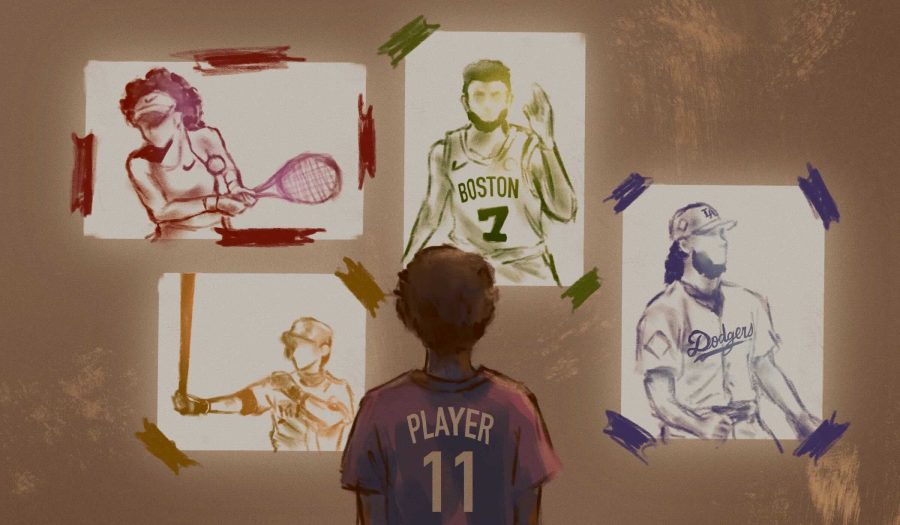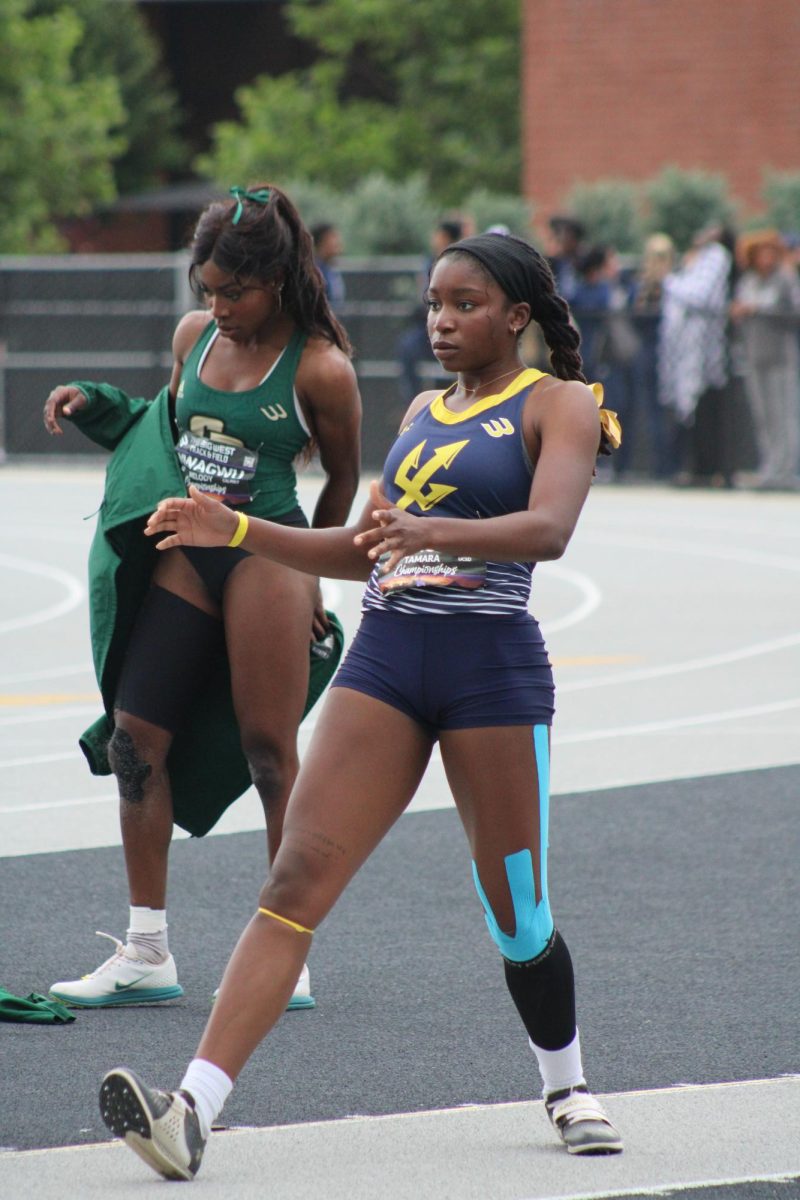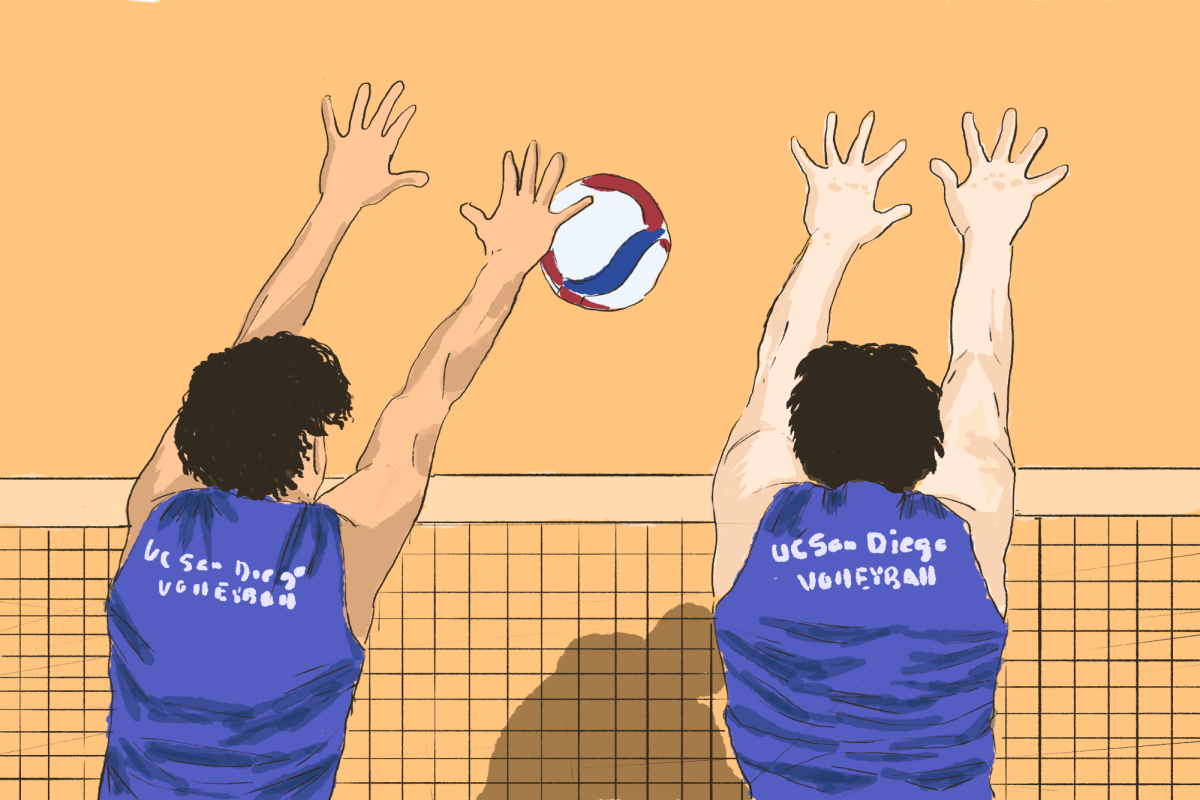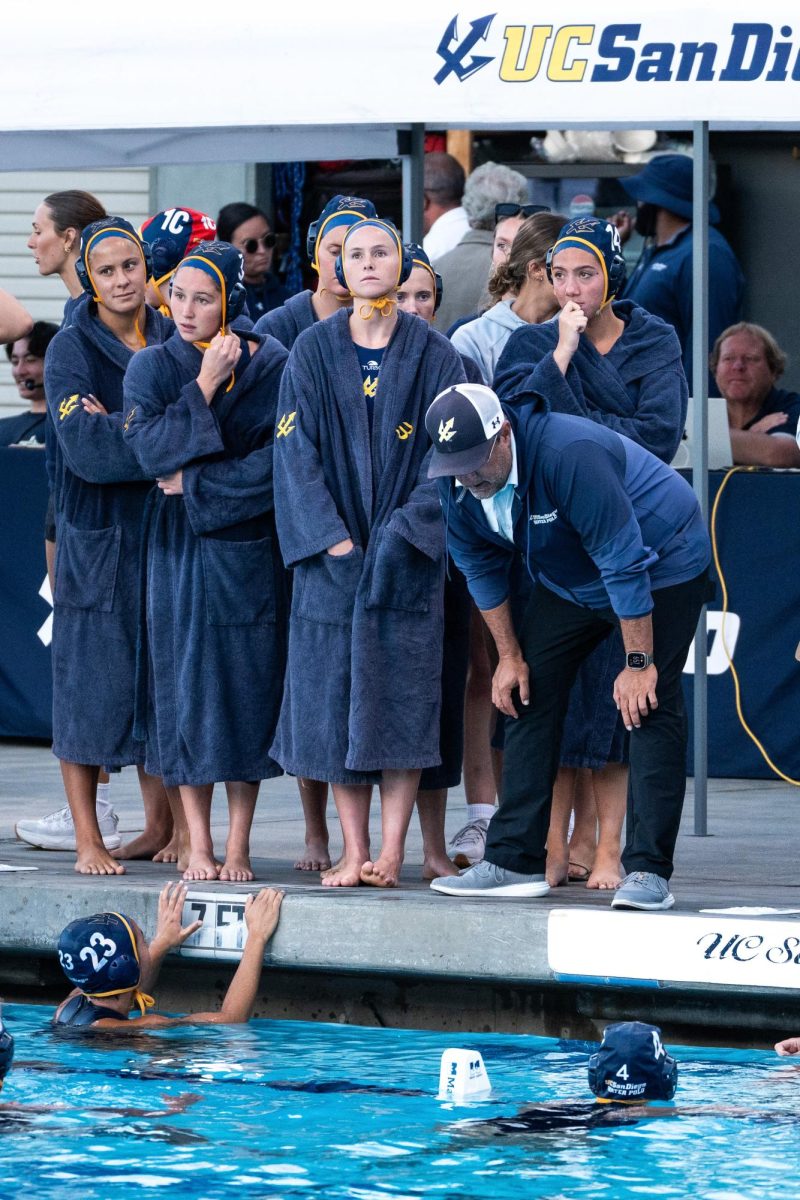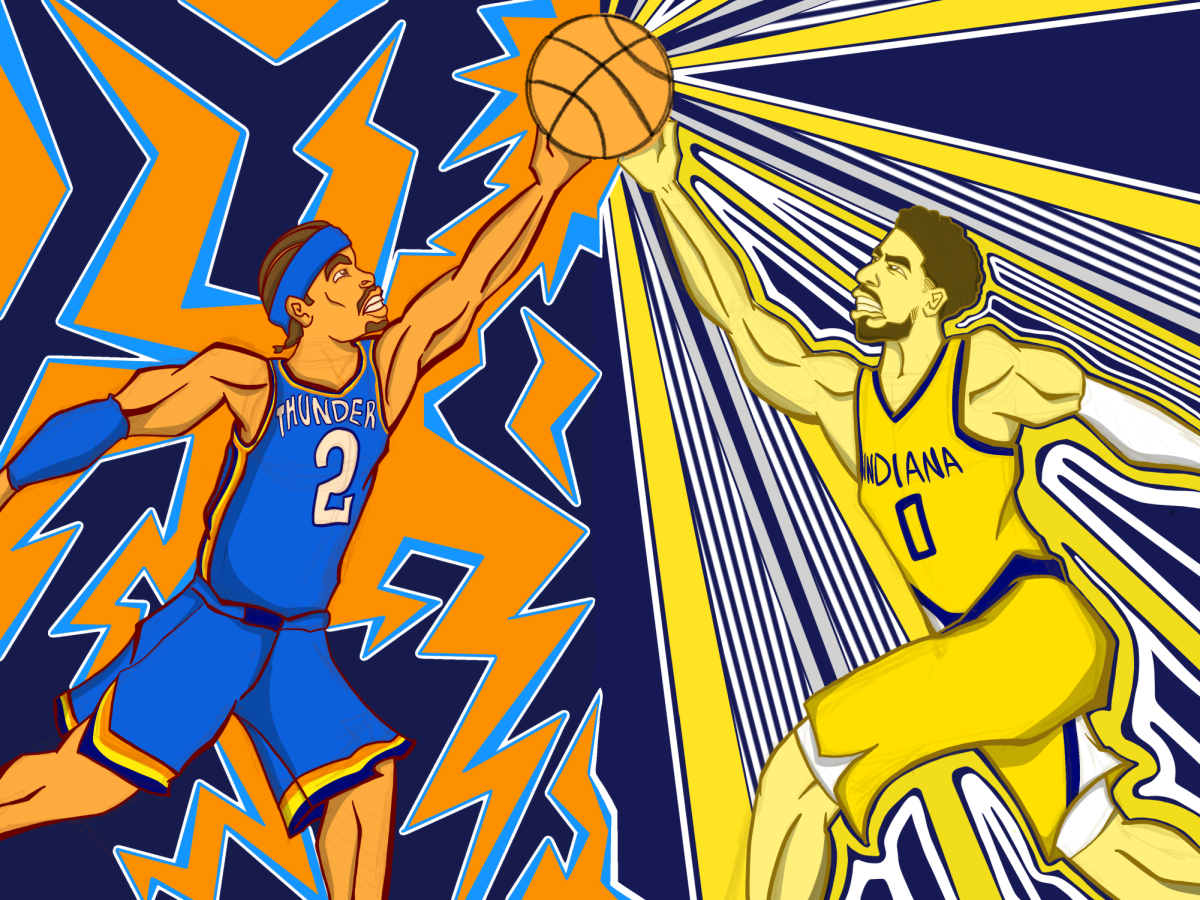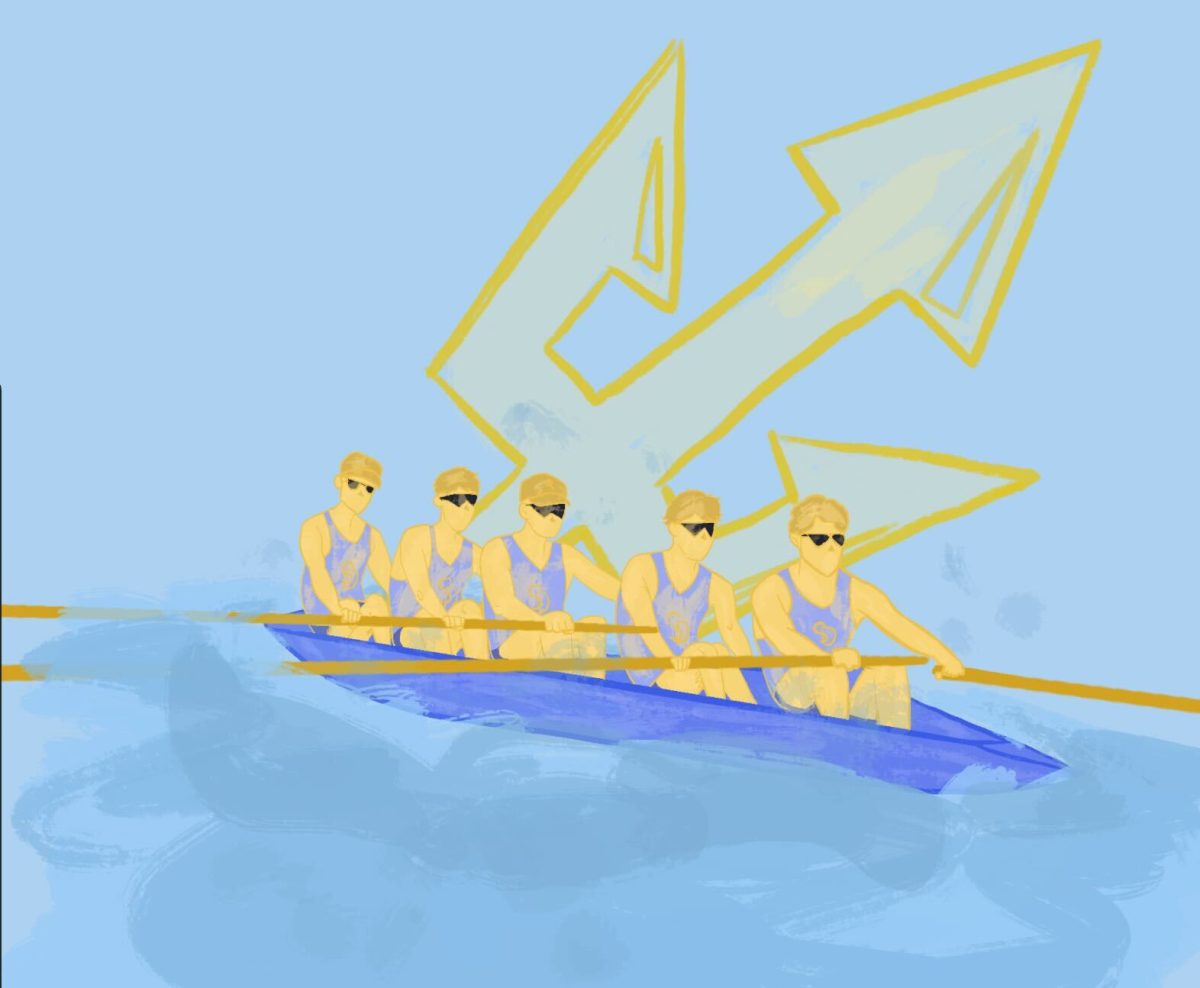“Athletes are role models… [but] what do they teach us?”
That’s the question that former Black Panther member and politically active prisoner Mumia Abu-Jamal left readers with in his interview with activist sports writer Dave Zirin back in 2007 for Zirin’s book, “Welcome to the Terrordome: The Pain, Politics, and Promise of Sports.”
Abu-Jamal, an impactful activist despite decades of incarceration, mentioned himself that he did not fit in cleanly to the archetype of the mid-century American teenage boy. Sure, Abu-Jamal had idols growing up, but instead of Willie Mays or Henry Aaron, he idolized Noam Chomsky. And like his idol, the man known as the “Voice for the Voiceless” saw sports as “a diversion from the real struggle.”
But by 2007, Abu-Jamal had softened that stance. Though still skeptical of sports, he understood their power and pervasiveness in our society, especially in creating role models for children and teenagers. In the 1960s, as Abu-Jamal dove more fully into activism, the young man did idolize one athlete: Muhammad Ali.
The Ali of today has been stripped of much of his historical luster, largely in the name of commercialization and blind patriotism. Much like Michael Jordan, his athletic prowess and pervasiveness were turned into corporate profit and public relations fodder later in his life. But during his political heyday, he was there in the streets, protesting and throwing away monetary gain for lasting and impactful fame. He was The Greatest, and at a young age, Abu-Jamal latched on to him from a distance, not as much for his athletic prowess but for his actualization of a ‘man of the people’ persona and his bold political stances.
In the decades since Abu-Jamal’s youth, money has become far more intertwined with sports, and at the same time, athletes have become even more pervasive and globalized. Jordan, Tiger Woods, LeBron James, all of these athletes and many more can be recognized and are adored across hundreds of countries thanks to the rise of mass social media.
But while the sports world has provided a site of economic uplift for a few, it has coincided with the deepening inequality and globalized capitalism that plagues our society today. In this new sports universe, with increased visibility and economic interest, what do the athletes of today teach us? And what values do these role models represent?
Growing up, I had a few sports idols. Playing primarily baseball as a kid, I modeled my swing after MLB superstar Barry Bonds, my fielding after Los Angeles Dodgers shortstop Rafael Furcal, and my baserunning after veteran Juan Pierre, another Dodger of the early 2000s. When I started pitching, I channeled Kenley Jansen and Craig Kimbrel, two up-and-coming closers of the day now entering the twilights of their MLB careers.
In these idols, I found on-field inspiration. I tried to hit home runs, make slick plays, and steal bases like my heroes. When I started watching hockey, I adopted my favorite player’s number as my own, and Anze Kopitar’s #11 remained plastered to my back for nearly a decade.
At first glance, these men, for all of their skills on the field, did little to change my young mind off of it, which certainly is due largely in part to the media and the primarily conservative institutions that major sports leagues have become. Modeling myself after these heroes, I cared about personal and team success on the field. But beyond that, I wasn’t greatly impacted by their exploits. Was I?
In his interview with Zirin, Abu-Jamal talked frankly about the downside of sports figures today as role models. With their futures tied to contracts worth millions of dollars, and with thousands of young athletes hot on their tails, the modern athlete has little room to deviate from the path of least resistance: obeying authority and working hard.
That was the case, at the very least in his view, back in 2007. And as a child of that time, the role models I listed above largely follow that model. Bonds was outspoken, but was covered less as an activist and more as a pariah. And Furcal, Pierre, and Kopitar all largely stayed out of even local media as far as I could tell.
Are today’s athletes the same? In my view, not entirely.
To become a role model, athletes have to be visible. With TV and social media, this isn’t a high bar to reach. But still, role model athletes are generally those who receive the most media attention, and to capture that attention, one must be a star at their craft.
Recently, those who have reached the acme of the sports world are beginning to speak out. Sure, there aren’t athletes leading tens of thousands of protestors as was the case in the 1960s. But the contributions of NBA players during the George Floyd protests, WNBA players during the Georgia runoff election, and NBA and MLB players following the murder of Jacob Blake all account for more unified activism than athletes were accomplishing even five years ago.
To be fair, Colin Kaepernick still is without work in the NFL, but his mantle has been lifted by athletes that corporate collusion simply cannot afford to keep out of the spotlight.
In this new wave of activist sports role models, there is one clear constant: on-field talent. When James or Giannis Antetokounmpo speak out against social injustice, owners cannot simply choose to leave their talents on the bench or avoid signing them altogether, as they have done with Kaepernick. These are MVPs playing during a moment where players across the NBA, MLB, and NFL are having success demanding trades and demanding to be released from their contracts.
In the burgeoning era of player empowerment and individual choice, which is occurring without a rise in minority executives or the end of oppressive institutions like the Draft, players are becoming more and more powerful and less dependent on lily white franchise owners. Even more powerfully, Patrick Mahomes of the Kansas City Chiefs has already earned enough to gain entry into the ownership class, as he and his fiancee have purchased stakes in his local MLB and NWSL franchises.
The connection of money and sports certainly is not all positive though. As Abu-Jamal alludes to, money leads to silence and sticking to the status quo that has allowed you to earn that money. It also means not only that activists like Kaepernick can be left off of rosters, but that men far less deserving of being role models end up finding a way to stick on them. But for those whose talents stand out even on the brightest stages comes the special privilege of being able to speak one’s mind and keep one’s grip on the spotlight.
Bill Russell, an early activist athlete who is one of the greatest NBA players of all time, is a paradigmatic example of this. In a career spanning two decades, Russell made the All-Star game in all but his rookie season. He won 11 NBA championships and five MVP awards playing for the Boston Celtics. At the time, his prowess could not win over the bigoted minds of many Boston fans, which meant the Celtics failed to sell out arenas at home despite full houses on the road.
Today, two players who have spent time on the court in Boston represent the way forward for the activist superstar in a world of profit-driven activist repression. One is Kyrie Irving, an outspoken veteran who is also an All-Star and NBA champion. The other is Jaylen Brown, a 24-year-old rising star whose demeanor and skill on the court are just as respected as his intelligence and activism off of it.
For young people around the country, and especially for young sports fans, hopefully these two men have become widely adopted role models. As is especially the case for the controversial Irving, who toys with the media and who purposefully strays from the beaten path of the 2000s star athlete, these two are certainly too skilled for the league to discard them as activist distractions. Instead, their activism is able to be amplified in a way that is unique to the current decade.
Through social media, both their own and that of highlight purveyors, their exploits become more commonly known each night they lace up before a game. And for all of the hundreds of thousands followers they gain for skillful dribbling and scoring, they also influence how people interact with their sports heroes.
When they see a post from one of these two, and countless other WNBA and NBA athletes especially, they are just as likely to see a post surrounding social justice or celebrating Blackness as they are to see one of a highlight dunk. And that is the transcendent, and hopefully lasting promise, of today’s rising class of activist athletes, the idealist role models we need.
Today’s role model athletes are also unique to those of decades past in another powerful way: there are far more high-profile women with international sports acclaim. From Serena Williams and newcomer Naomi Osaka on the tennis court to Megan Rapinoe and other members of the U.S. World Cup champion squad, women are making rapid headway when it comes to superstardom in the 21st century sports world. WNBA athletes are also becoming increasingly visible, and are amongst the most politically active athletes across all major sports in the U.S.
Comparing today’s athlete role models favorably to those of my past may not be entirely fair though. There may still be positive impacts these heroes left on my life that are invisible through the activist lens I’ve adapted from Abu-Jamal: Almost none of my sports role models growing up were white. Bonds and Pierre are Black, Furcal hails from the Dominican Republican, and Jansen from the small island of Curaçao. The only baseball picture in my room features Ichiro Suzuki, the most famous Japanese athlete arguably of all time and it is side-by-side with posters of Rafer Johnson and Jackie Joyner-Kersee, famous Black track stars at UCLA.
Maybe that representation didn’t have any effect on me. But at the very least, I not only have avoided and derided the path of bigotry, but have dedicated my academic life to studying political representation and agency for minorities and immigrants. It certainly could be a coincidence. But then again, it could also be that my non-white, non-activist role models, largely silent in the face of social inequality and injustice, activated me after all, just by being on the field.
Art by Angela Liang for The UCSD Guardian


